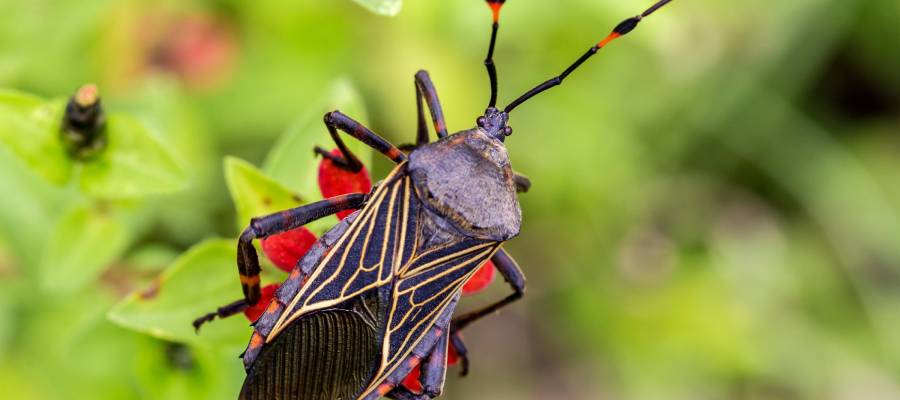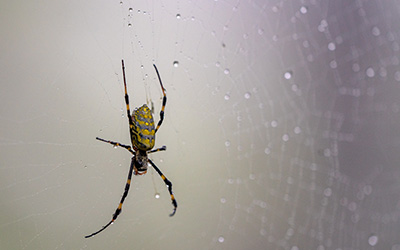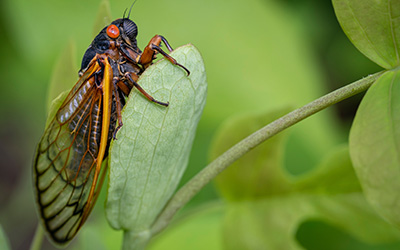
A kissing bug? The name sounds almost endearing. But once you learn more about them, they become far less appealing. Different people have different ideas of romance, but it’s safe to say that none of them include a blood-hungry parasite with a particular passion for biting your face. Kissing bugs are really just a cutesy name attached to a pest in the same category as ticks, mosquitos, and fleas – and just like any of its siblings, it can be a carrier of disease.
With kissing bugs comes the threat of Trypanosoma cruzi, a parasite that causes Chagas disease. It’s passed when kissing bugs defecate after feeding, and if it’s rubbed into any break in the skin you risk catching the illness. That’s why it’s so important to know what kissing bugs look like, how to keep them away, and who you can trust for extermination services.
Identifying Kissing Bugs
Kissing bugs are known for their elongated, oval-shaped bodies. They can be colored in shades of brown or black (occasionally with red, yellow, or tan markings on their abdomen), and are between ¾ to 1¼ inches.
These parasitic pests have their origins in Mexico and Central and South America. In recent times, though, they’ve been spotted in several regions of the United States – including Bristol and Johnson City. Kissing bugs primarily live outdoors near their usual hosts, which may include many wild and domesticated animals as well as humans. But they have been known to come into homes through open doors and windows, where they may hide in pet bedding and other secluded areas.
Treating a Kissing Bug Bite
How do you know if you have a kissing bug bite? They look similar to other bug bites, skin irritations or infections, often taking the form of 2-15 marks in one particular area. This could be anywhere on your body, but especially around your mouth or eyes. They might itch, but for certain people, you may only need an ice pack and an antihistamine.
Chagas disease may be a health concern in warmer parts of the country. The early symptoms feel similar to a bad flu with fever, nausea and general fatigue. In severe cases, you may even experience swollen eyelids. If that happens, it’s vital you seek medical attention immediately.
Preventing Kissing Bugs
The good news is that kissing bugs don’t usually infest homes in Bristol and Johnson City. But since we’re close to so much farmland it’s something we should prepare for. You can do this in a similar way to how you’d exclude many other pests by sealing cracks and gaps in your home or putting screens in your windows.
If you have animals, keep their cages away from your property, or wash their indoor bedding on a regular basis. And since kissing bugs are so drawn to light, consider turning off your outdoor lights overnight. If you do all this and still end up with an infestation, you can trust Leo's Pest Control to treat your property with skill and expertise.
Leo's Pest Control for Kissing Bug Extermination
At Leo's Pest Control, we’ve been providing residential and commercial pest control since 1967. We’ve dedicated ourselves to helping our friends and neighbors in Virginia and Tennessee live better and more pest-free lives. Whether that’s through our year-round PestFree365+ program or Pest Control Insulation, we have many ways to help. So if you’re a homeowner in Bristol and Johnson City, you don’t have to play host to kissing bugs or any other amorous pests. Contact us today to get your free quote and kick them out for good!
The Dangers of the Kissing Bug in Bristol TN
Serving Tennessee & Virginia





